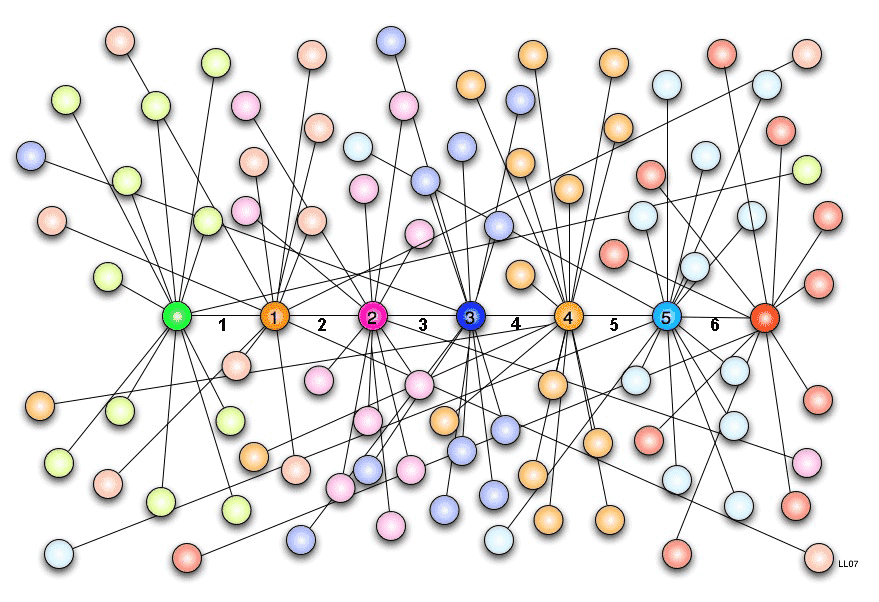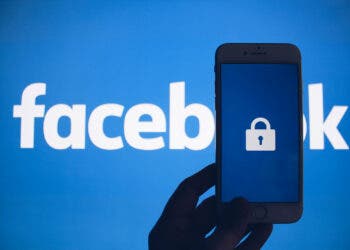The idea of six degrees of separation was introduced more than 80 years ago. It suggests that you are six introductions away from meeting anyone in the world. In other words, everyone in the world is connected through a chain of six links. For some, fewer introductions are required to come in direct contact with Barrack Obama or Stephen Hawking. A study made at Facebook suggests that, among its users at least, there are now only 3.57 degrees of separation on average.
The theory was first proposed in 1929 by the Hungarian writer Frigyes Karinthy in a short story called “Chains.” The idea became very popular and in time mathematicians jumped the wagon to prove or disprove it. For decades they were unsuccessful. Then in 1967, American sociologist Stanley Milgram framed the problem a tad differently into the “the small-world problem”. Participants selected at random from the mid-West were asked to send a package to a stranger in Massachusetts. The senders knew the recipient’s name, occupation, and general location, but not the address. They were instructed to send the package to a person they knew on a first-name basis who they thought was most likely, out of all their friends, to know the target personally. That person would do the same, and so on, until the package was personally delivered to its target recipient.
Initially, everyone thought the package would have to change hands 100 times, but it only took between five and seven intermediaries for the package to reach the rightful owner. The findings were published and further popularized the concept. It led to the phrase “six degrees of separation”, the title of a play and film made subsequently. Even Hollywood has its own version called Six Degrees of Kevin Bacon. It’s a trivia game that challenges players to find the shortest path between actor Kevin Bacon and another actor – through his or her film roles.

In 2001, Duncan Watts, a professor at Columbia University, made his own six degree research and recreated Milgram’s experiment on the internet. In this case, the package was an e-mail. After 48,000 senders and 19 targets in 157 countries, the average number of connection required was indeed six.
Social networks are definitely an upgrade and provide an even more refine look. According to Facebook, there are 3.57 intermediaries required to connected any of its 1.6 billion users with one another. As the world becomes increasingly connected, this separation will decline. In 2008 the number was 4.28.
The number of connections depend on geography and user density. In the U.S., there are an average of 3.47 degrees of separation. It also depends on the person. Mark Zuckerberg, the founder of Facebook, has 3.17 degrees. You can check your own degrees of separation here.







